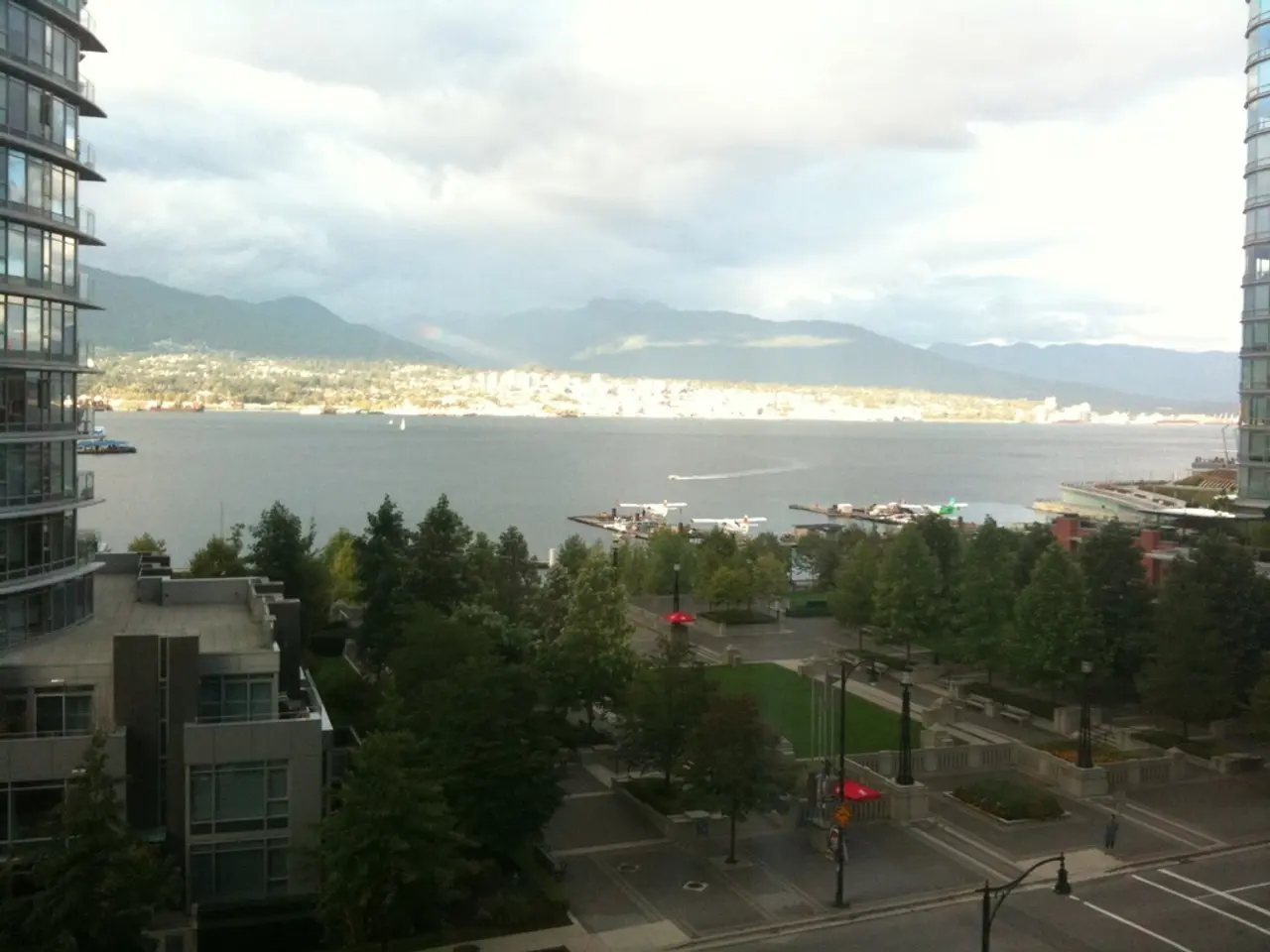Vacation suggestions for Istria's coastline: 5 pointers encompassing Poreč, Rovinj, and Rijeka
In the beautiful coastal region of Croatia, popular destinations like Opatija, Split, and Dubrovnik have seen a significant increase in costs for vacationing over the past few years. This rise is largely due to inflation, particularly in the hospitality sector, and the pressures of overtourism.
The overall inflation rate in Croatia reached 3.7% in June 2025, with prices for food, beverages, services, and energy on the rise. Notably, inflation for restaurants and hotels remains relatively high at 8.5% annually. This indicates a significant increase in travel-related expenses.
Tourist demand in Croatia continues to grow, with arrivals up 11% year-on-year in the first half of 2025 and overnight stays increasing by 19%, especially during peak season. This strong demand puts upward pressure on accommodation prices in destinations like Dubrovnik and Split.
Dubrovnik, in particular, experiences overtourism, leading to more regulations and higher tourist costs since 2024. The city is trying to manage excessive visitor numbers and protect its heritage, which likely contributes to increased costs for services such as accommodation and guided tours.
Current typical travel costs in Croatia reflect a broad price range. Accommodation can range from $15-$45 per night for hostels up to $230+ for luxury hotels. Dining out can cost between $8-$50 per meal depending on the setting.
However, there are still hidden gems to discover. For instance, the picturesque beach of Glavanovo Rijeka, minutes from the city center, offers crystal clear water and is known as a real Adriatic highlight. Another noteworthy beach is the Lone Bay of Rovinj, a shady and cozy spot.
In Istria, a region popular among German and Austrian tourists, there are varied beaches that attract visitors. The Girandella Beach of Rabac, with a view of the island of Cres and the Kvarner Bay, is one such example. Another highlight is the beach section in a park in Rovinj, offering plenty of shade and comfortable meadows.
For those seeking a more vibrant beach experience, Zelena Laguna near Porec offers many swimming opportunities, beach bars, and even water sports. Two beach bars in Zelena Laguna are designed as beach clubs, reminiscent of an Ibiza atmosphere with DJ music and themed parties. The area between Porec, Rovinj, and Rijeka offers diverse beaches as well.
A secret tip for a quiet bathing cove near Rabac is the fishing village of Sveta Marina.
In other news, Croatia is driving a mega-train project worth 55 million euros. Unfortunately, there have been some unfortunate incidents, such as a tragedy at an active volcano that resulted in a young man's death during a solo hike, and a cholera case reported in Poland, with 26 people in quarantine.
Despite these challenges, Croatia remains a popular vacation destination, offering a diverse range of beaches and experiences for tourists from around the world.
- Tourists seeking a budget-friendly stay in Croatia may find affordable options, such as Hostels offering prices as low as $15 per night, but for luxury accommodations, travelers can expect to pay $230 or more.
- Pursuing a home-and-garden lifestyle in Croatia might be an attractive option, with hidden gems like the picturesque beach of Glavanovo Rijeka and the shady Lone Bay of Rovinj providing tranquil alternatives to popular coastal destinations like Dubrovnik and Split.




